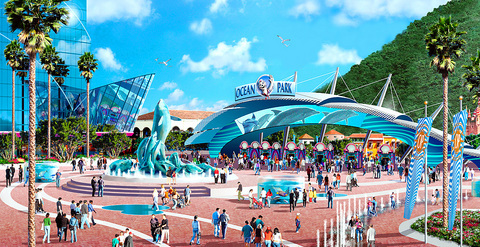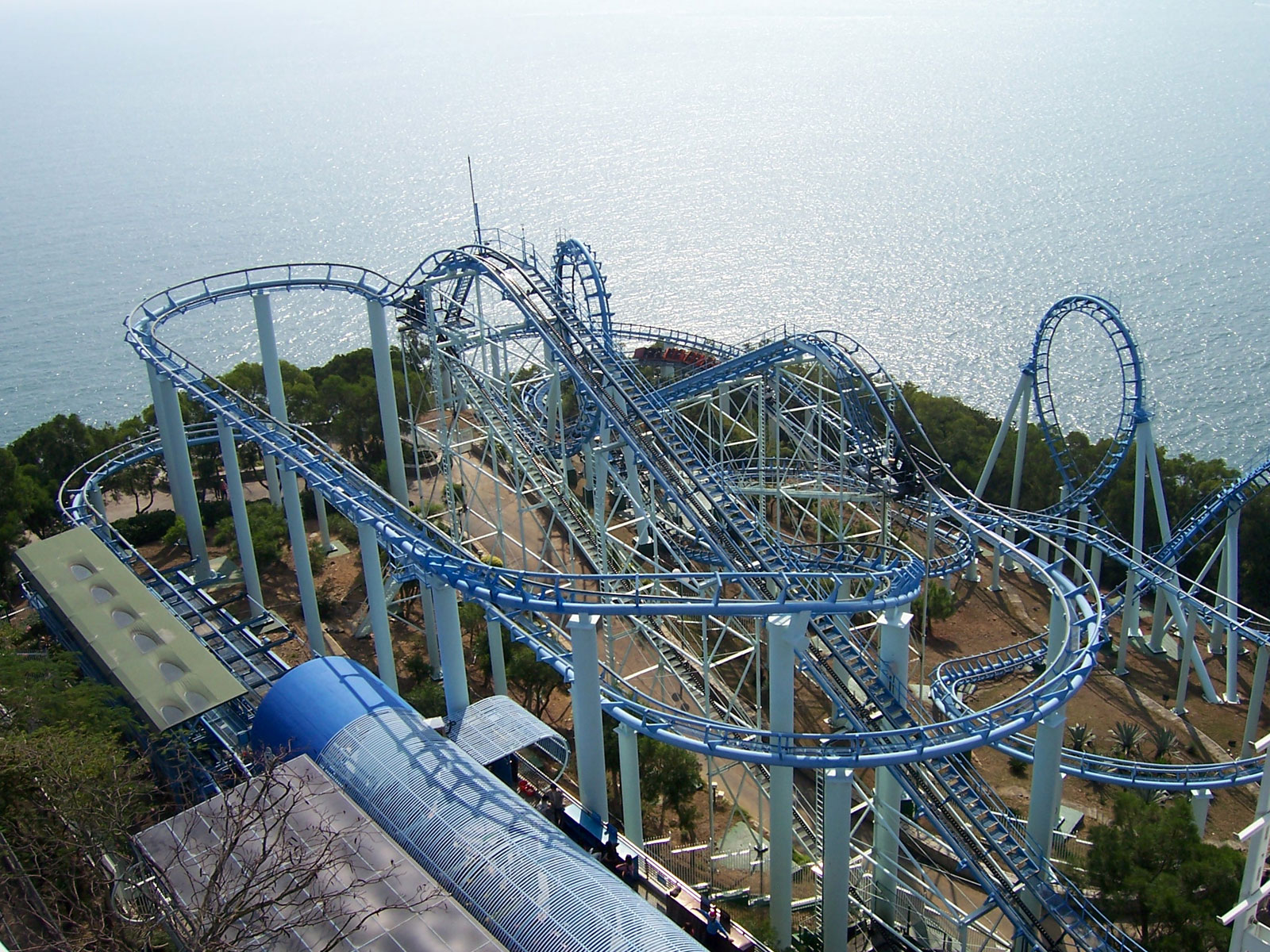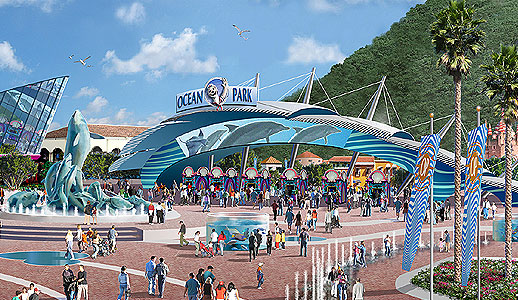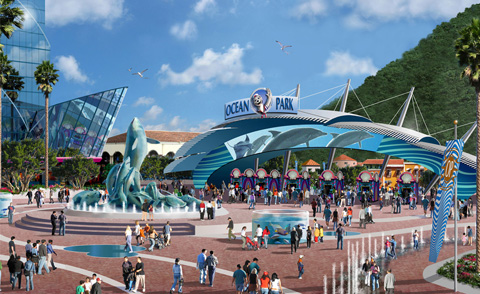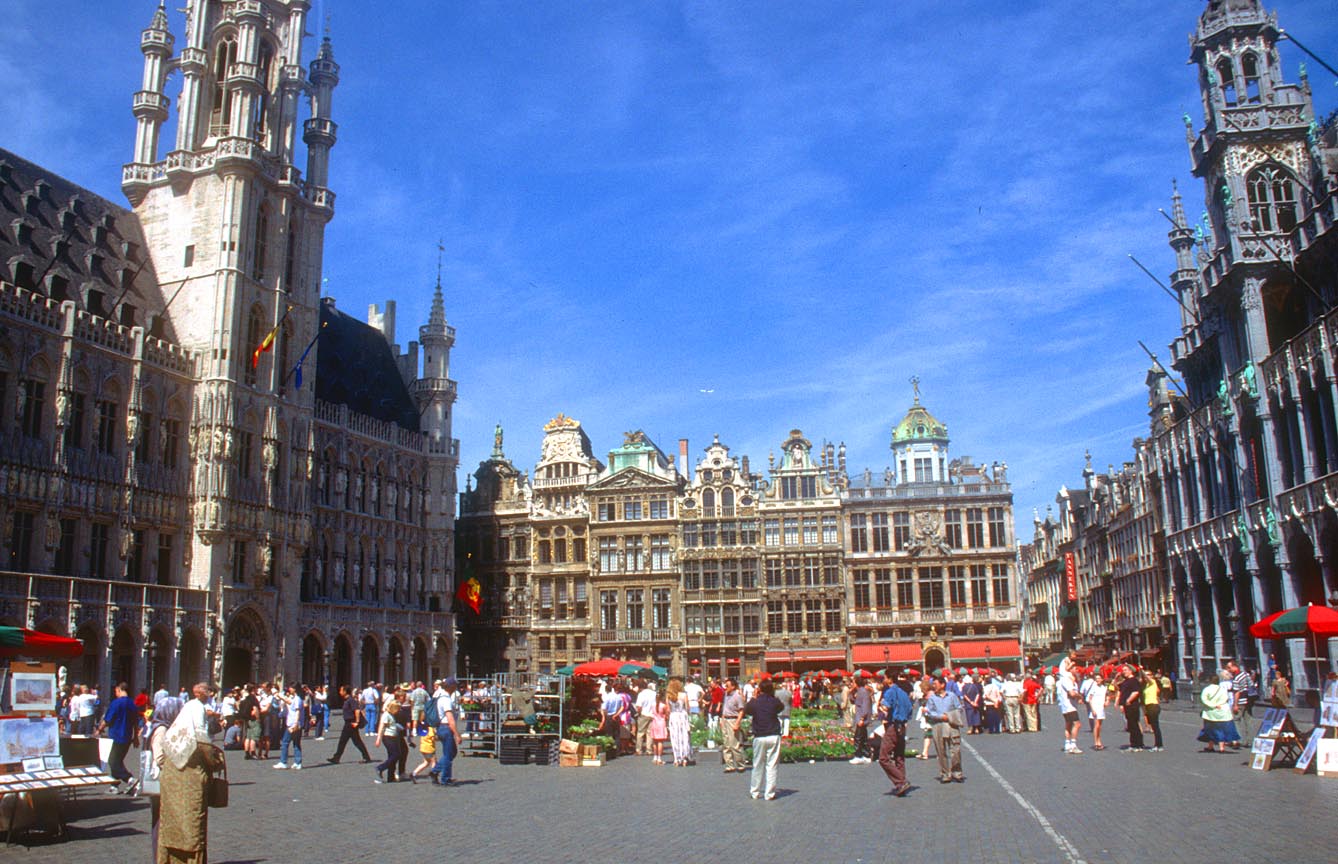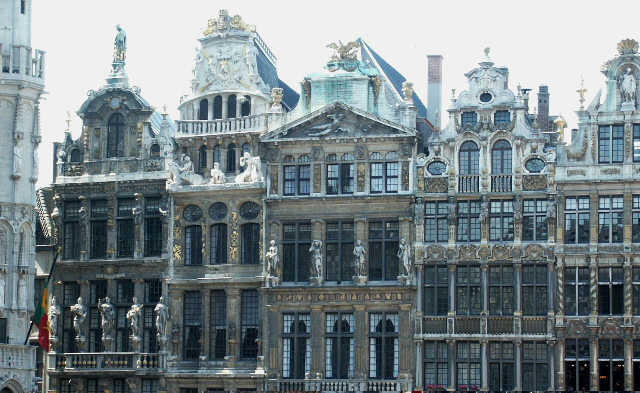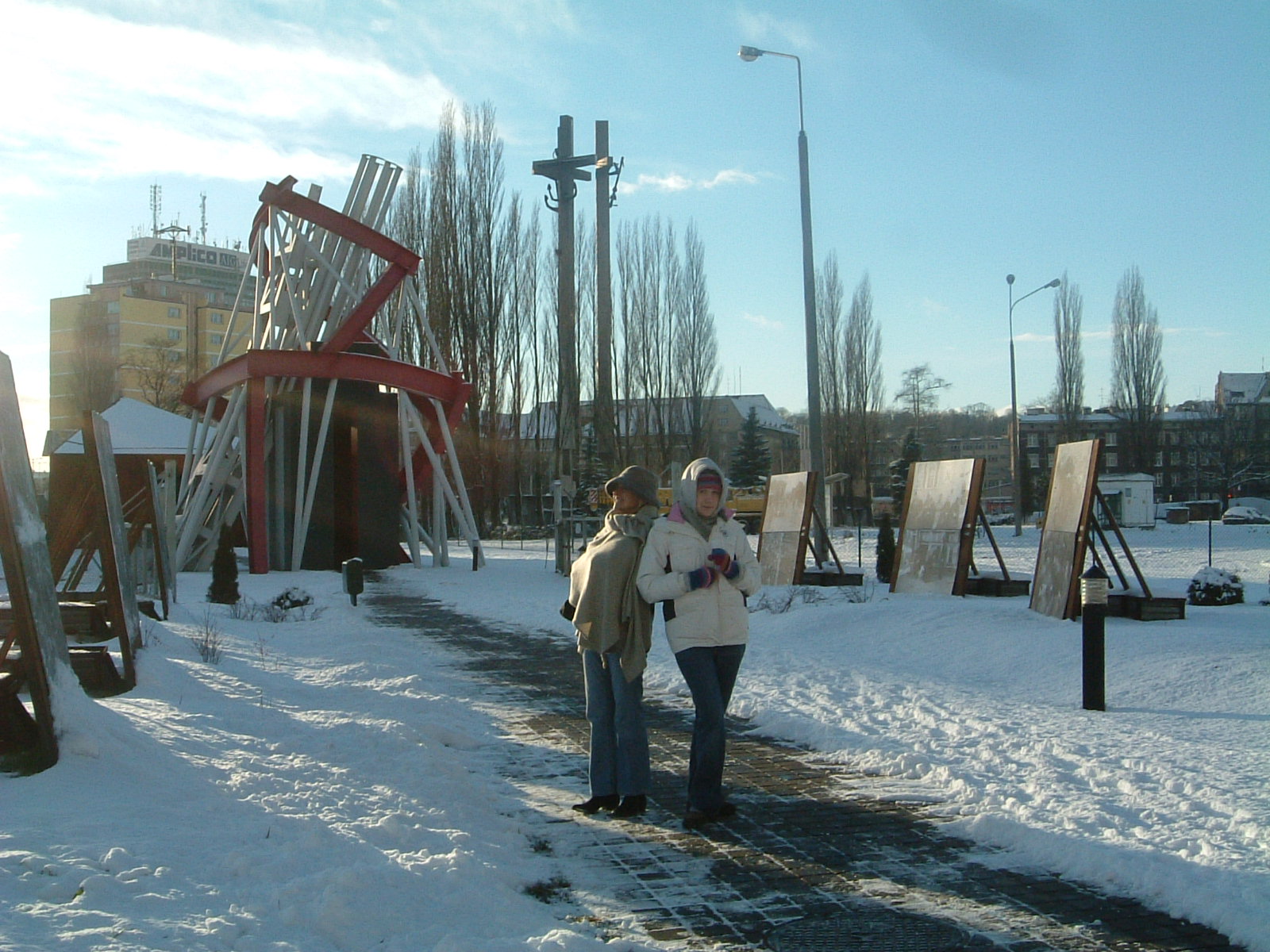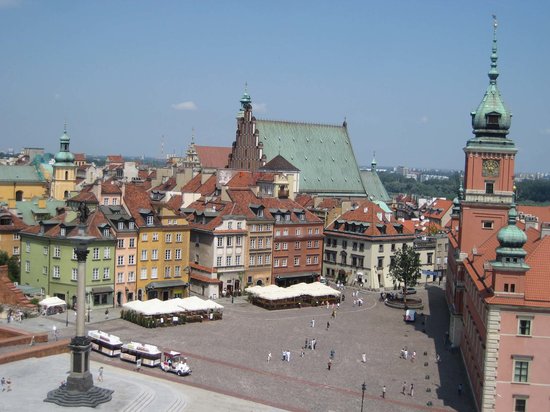 History
History Origin of the name
According to folklore, and as celebrated by the statue in front of the town hall, the city got its name from a legend involving a mythical giant called Antigoon who lived near the river Scheldt. He exacted a toll from those crossing the river, and for those who refused, he severed one of their hands and threw it into the river Scheldt. Eventually, the giant was slain by a young hero named Brabo, who cut off the giant's own hand and flung it into the river. Hence the name Antwerpen, from Dutch hand werpen—akin to Old English hand and wearpan (= to throw), that has changed to today's warp
In favour of this folk etymology is the fact that hand-cutting was indeed practised in Europe, the right hand of a man who died without issue being cut off and sent to the feudal lord as proof of main-morte. However, John Lothrop Motley argues that Antwerp's name derives from an 't werf (on the wharf). Aan 't werp (at the warp) is also possible. This 'warp' (thrown ground) would be a man made hill, just high enough to remain dry at high tide, whereupon a farm would be built. Another word for werp is pol (hence polders).
The most prevailing theory is that the name originated in the Gallo-Roman period and comes from the Latin antverpia. Antverpia would come from Ante (before) Verpia (deposition, sedimentation), indicating land that forms by deposition in the inside curve of a river. Note that the river Scheldt, before a transition period between 600 to 750, followed a different track. This must have coincided roughly with the current ringway south of the city, situating the city within a former curve of the river.







